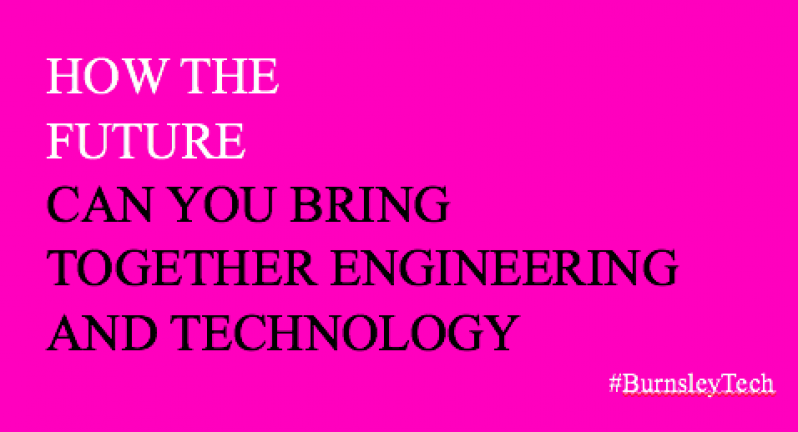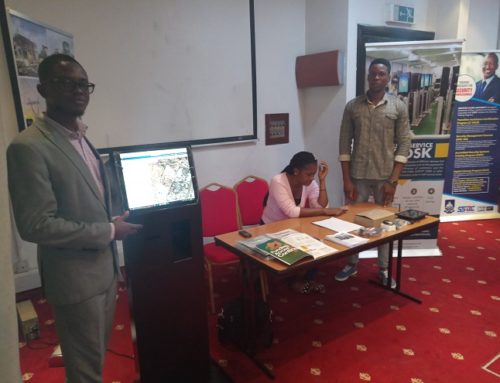In the industry today, technologies in the form of sensors are currently being used for preventative maintenance. This enables engineering firms to detect signs of trouble before they develop into full-blown problems. Some contractors embed sensors in wet concrete, where they send real-time data about the rate at which it is curing to a bespoke app. The data collected allows the contractor to optimize the curing time and take corrective action if sub-optimal conditions are detected.
In the near future, real-time data about an infrastructure will be collected during the operational phase and used to optimise its performance. This data will then be combined with existing monitoring systems such as SCADA (Supervisory Control and Data Acquisition) and BMS (Building Management Systems).
One simple application in West Africa would be to monitor the use of federal and state highways. This will enable the Federal ministry of works and transportation to better anticipate the development of category 1 & 2 defects – pot holes, fretting and cracking. Detecting these defects early will reduce the need for costly and time consuming road resurfacing works. These digital technologies are bringing smart cities closer to reality. Therefore, we should anticipate a fundamental change in how people move and interact with their surroundings.







Leave A Comment